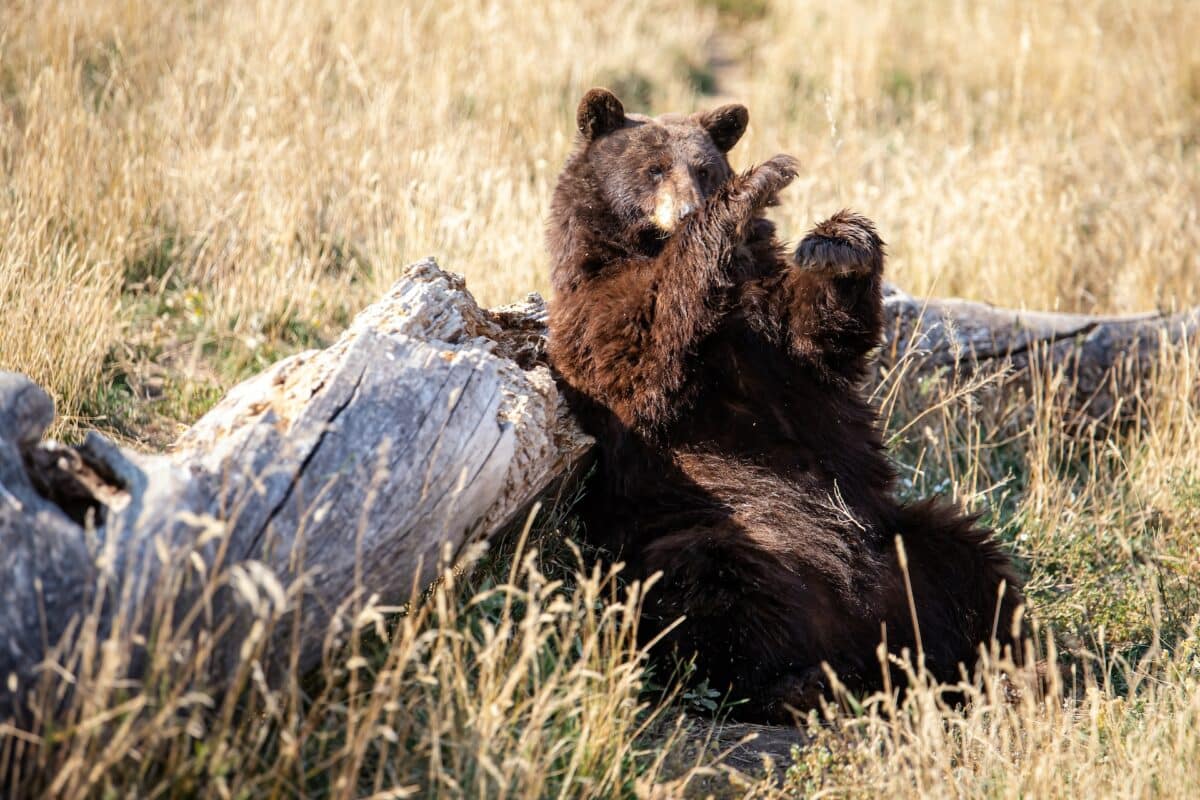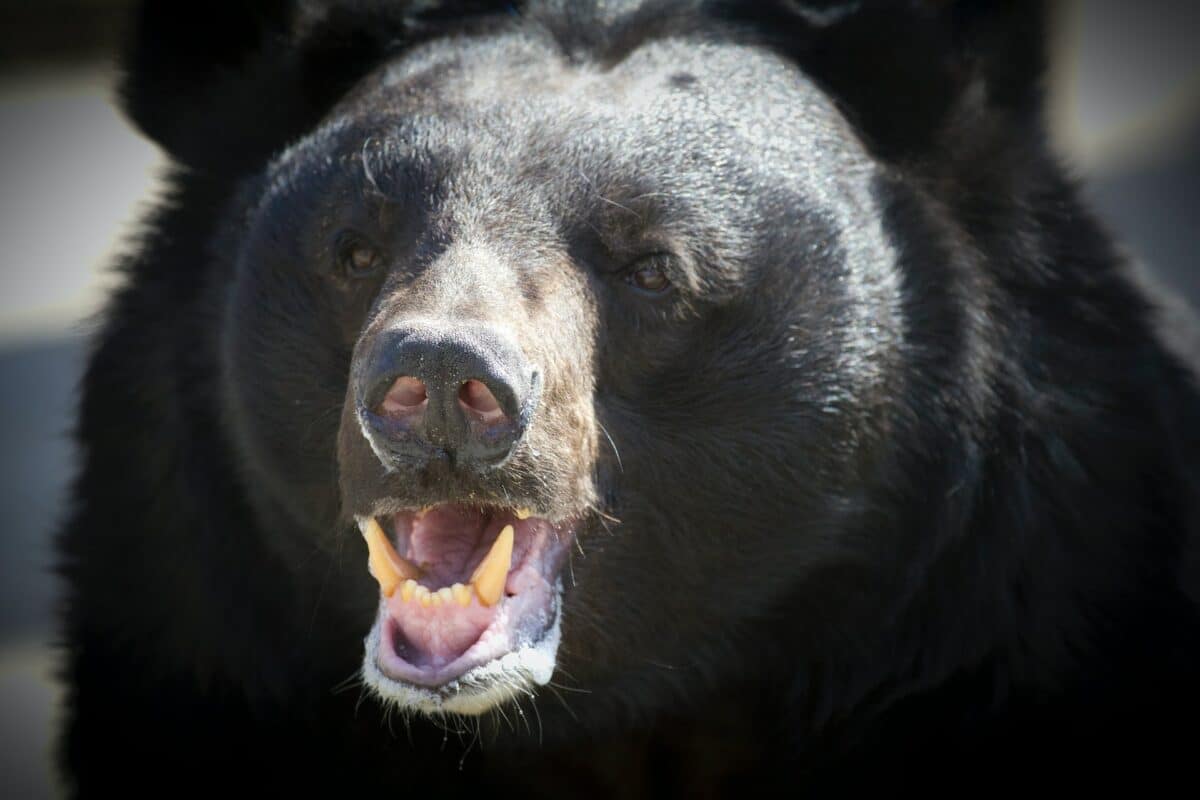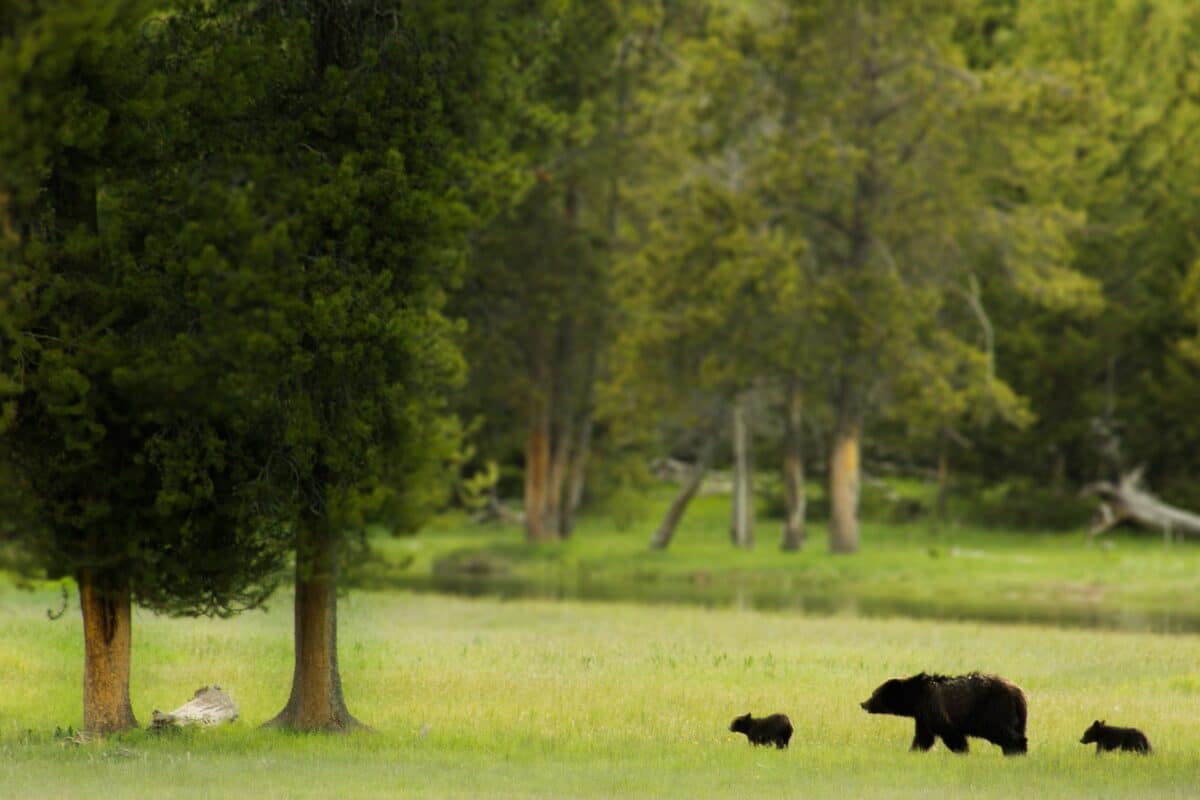Black bear sightings in Yosemite used to be plentiful but are declining over time in the breathtaking Yosemite National Park – sightings don’t have to be scary if you are prepared.
In this comprehensive guide, we delve into the fascinating world of black bears in Yosemite National Park. We explore the cycles of bear activity, tracking methodologies, and the remarkable intelligence of these magnificent creatures.
Our deep-dive is further enriched by a riveting interview with the lead naturalist guide of YExplore in Yosemite, John Degrazio. He shares his many and riveting firsthand experiences of bear encounters. John is also especially passionate about the plight of the Yosemite bears and their deteriorating habitat.
Below you can watch our conversation about black bears in Yosemite. If you would like to get the chance to see black bears in Yosemite firsthand or go on a tour with John, you can visit YExplore.
Most importantly, we emphasize the vital role we all play in cohabitation strategies to ensure the continued safety and preservation of bears and their natural habitats.
Key Points
- In Yosemite, bear sightings depend on hibernation patterns, which usually occur from November to April.
- Bear tracking, using GPS technology, aids in wildlife management, research, and reducing human-bear conflicts.
- Despite its advantages, bear tracking can be stressful for the bears and overshadow traditional conservation efforts.
- Yosemite bears demonstrate adaptability and intelligence, learning to open car doors and recognize food-associated objects.
When You’re Most Likely to Spot Bears in Yosemite

In Yosemite National Park, your chances of spotting bears significantly depend on their hibernation patterns. While active throughout the park, bears usually hibernate from late November to early April, making them less likely to be seen in these months.
During hibernation, bears remain in their dens, conserving energy in the cold, scarce winter. As their bodies slow down, they live off the fat reserves they’ve accumulated during the active season. Therefore, the period between May and October, offers the highest chances of bear sightings.
However, this can vary with changing weather patterns and food availability. With warmer winters, bears might emerge from their dens earlier than expected. Also, in the fall, bears become more active in their quest for food before hibernation, a phenomenon known as hyperphagia. This period, often in late September to early November, is another opportune time for bear sightings, as bears roam widely in search of food.
Remember, while bear sightings can be thrilling, maintaining a respectful distance is crucial for the safety of both humans and these magnificent creatures.
Bear Tracking In Yosemite

Bear tracking in Yosemite National Park, enabled by GPS technology, is an essential tool for wildlife management and research. This method allows park officials to monitor bear activity and movements, reducing human-bear conflicts, particularly around populated areas and roads. Understanding bear behavior aids in preserving their natural habits and promotes visitor safety.
The park shares some of this information with the public, fostering appreciation for these animals and awareness of their challenges. However, the tool doesn’t show real-time locations to prevent people from attempting to locate and interact with the bears, which can be harmful to both parties.
Despite its advantages, bear tracking also poses ethical questions. The process involves capturing and collaring the bears, which can be stressful for the animals. Additionally, reliance on technology should not overshadow traditional conservation and coexistence efforts.
Pros of Bear Tracking
- Provides detailed information on bear movements and behaviors, aiding scientific research.
- Helps to reduce human-bear conflicts by identifying high-traffic areas and implementing strategies to keep bears away from populated zones.
- Increases public awareness and understanding of bears, fostering a culture of respect and conservation.
- Allows park rangers to swiftly respond to situations where bears might be at risk, like near roadways.
- Assists in tracking and managing bear populations, an essential aspect of conservation efforts.
Cons of Bear Tracking
- The process of capturing and fitting bears with collars can be stressful and potentially harmful to the animals.
- The focus on technology may overshadow traditional wildlife conservation methods.
- Using trackers may give a false sense of security, encouraging people to approach bears, posing risks to both humans and bears.
- Privacy concerns for the animals, as constant tracking might be considered an intrusion into their natural life.
- GPS collars are expensive and require regular maintenance, which could divert resources from other conservation initiatives.
The intelligence of Bears: Smarter Than the Dumbest Tourist?

Studies have shown that bears, particularly species like black bears and grizzlies, possess remarkable problem-solving abilities. For example, they have been observed using tools, such as rocks or sticks, to obtain food, indicating an understanding of the physical properties of objects. This is a hallmark of cognitive sophistication.
Bears also exhibit excellent long-term memory. They remember food locations across seasons and can even recall solutions to problems years after first encountering them. Additionally, mother bears pass knowledge to their offspring through observational learning, demonstrating a level of social intelligence.
Bears’ behavior in adapting to human-influenced environments further demonstrates their intelligence. They have learned to navigate roads, avoid traffic, and find food sources in developed areas. However, this adaptability often leads to human-bear conflicts, underlining the importance of cohabitation strategies.
Are Yosemite Bears Especially Brainy?
In Yosemite National Park, the behavior of bears showcases their intelligence and adaptability remarkably. Bears have learned to open car doors and have even been reported to recognize cooler shapes and colors associated with food, indicating a level of sophisticated problem-solving and memory recall.
These bears have also adapted to the park’s bear management strategies, an indicator of their capacity for learning and behavioral modification. For instance, when park authorities used bear-proof food lockers, some bears quickly learned to associate human presence with accessible food, leading them to shy away when people were around but return when the coast was clear.
Bear Sighting In Yosemite: Wrapping Up

Our exploration into the life of Yosemite’s bears underscores the intricate balance of nature and the necessity of our respect and understanding. From discerning their hibernation patterns to examining the implications of bear tracking, we’ve sought to deepen our appreciation of these splendid creatures.
Our interview with a seasoned naturalist in Yosemite vividly brought to life the numerous bear encounters and highlighted the importance of coexistence strategies. With bears demonstrating surprising intelligence and adaptability, our responsibility to conserve their habitats and mitigate human-bear conflicts is more important than ever.
As we continue to navigate our relationship with the wild, we must ensure that our curiosity doesn’t compromise the well-being of these magnificent creatures.
Thank you for reading this article about the bear sightings in Yosemite! Take a look at our other news reportings from the animal kingdom:
- The largest brown bear ever recorded
- The biggest polar bear ever seen
- Top 5 Best Places to See Black Bears
Join our Forum for free today!


